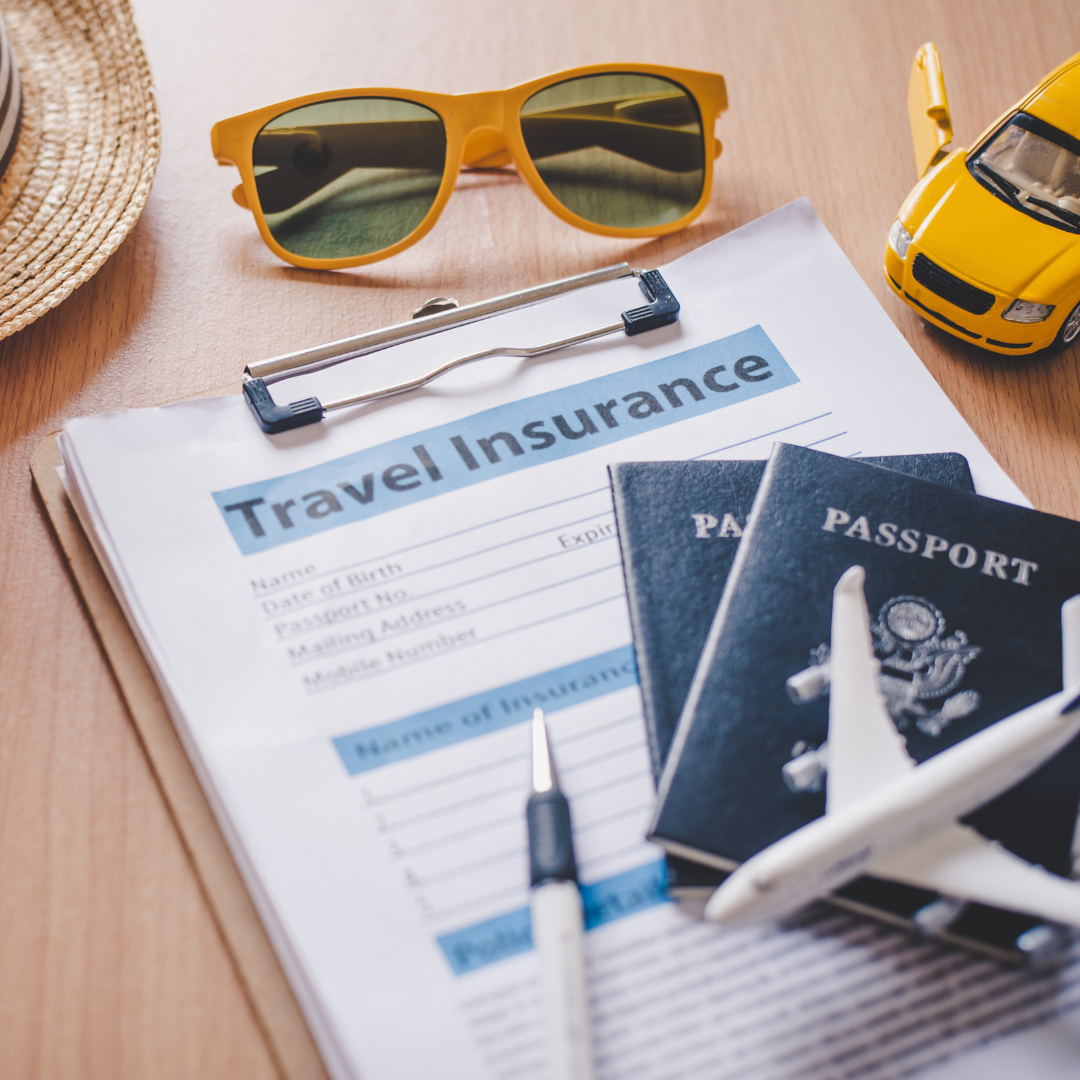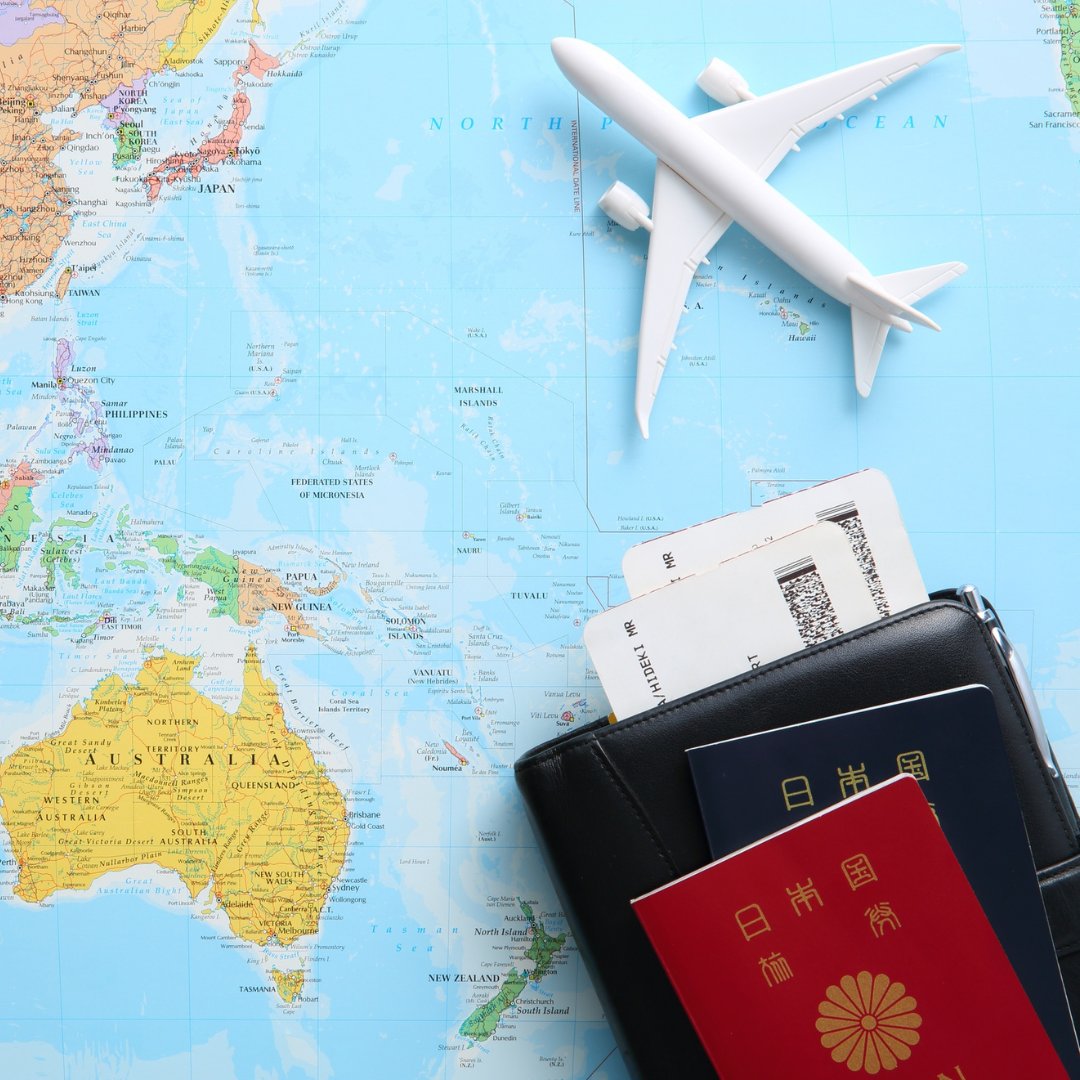Tips for Saving Money on Food While Travelling: Smart Strategies for Budget-Friendly Dining
Travelling can be an enriching experience, but it often comes with the burden of skyrocketing food costs. Planning ahead and seeking local dining options can significantly reduce these expenses. With a little strategy, it’s possible to enjoy delicious meals without breaking the bank.
Street food and local markets provide authentic tastes of a region at a fraction of restaurant prices. Engaging with the local cuisine in this way not only saves money but also enhances the travel experience. Cooking some meals in accommodations with kitchen facilities can also lead to substantial savings.
By being mindful of food choices and taking advantage of discounts, travellers can enjoy their journeys without the worry of financial strain. Making informed decisions about where and what to eat pays dividends in preserving both satisfaction and budget.
Plan Your Food Budget Before You Travel
Planning a food budget before travelling is crucial for effective cost management. With proper preparation, travellers can save money while enjoying local cuisine without overspending.
Research Local Food Costs
Before embarking on a journey, it is essential to research the local food costs of the destination. Prices can vary significantly between countries and even within cities.
Online resources, such as travel blogs and cost-of-living websites, provide valuable insights into food prices in different areas. For instance:
- Street food may cost significantly less than dining in restaurants.
- Local markets often offer fresh produce at lower prices than supermarkets.
Understanding these costs helps travellers plan their budget accurately.
Set a Realistic Daily Spending Limit
Establishing a daily spending limit is vital for maintaining control over food expenses. This limit should account for meals, snacks, and potential dining experiences.
To determine an appropriate budget:
- Consider the destination’s cost of living.
- Factor in individual dietary preferences and eating habits.
A practical approach may involve allocating a certain amount for each meal. For example:
- Breakfast: £5
- Lunch: £10
- Dinner: £15
This gives a total of £30 per day, allowing for adjustments based on local prices and personal choices.
Use a Shopping List to Avoid Impulse Buys
Creating a shopping list can significantly reduce impulse purchases while travelling. A focused list encourages travellers to stick to their food budget and reduces unnecessary spending.
When visiting markets or grocery stores:
- Prioritise essential items that fit within the set budget.
- Avoid browsing items that are not on the list.
To maximise savings, include locally sourced products. This not only supports local economies but can also lead to more affordable meal options. Having a well-organised shopping list makes it easier to stay within budget and enjoy a variety of food experiences while travelling.
Smart Shopping and Cooking on the Go
Maximising savings on food while travelling involves smart shopping strategies and efficient cooking techniques. Local markets, accommodation facilities, and technology can play significant roles in reducing costs.
Shop for Groceries at Local Markets
Buying groceries at local markets can lead to significant savings compared to restaurants. Markets often offer a variety of fresh produce at competitive prices.
Exploring these markets not only helps in budgeting, but it also provides an opportunity to experience local culture. By sticking to a shopping list, tourists can avoid impulse buys. When selecting ingredients, it’s wise to choose seasonally available items, which tend to be cheaper and fresher.
Many markets also offer deals or discounts at closing time. Tourists should be open to bargaining as well, especially in open-air markets. Doing so can help them acquire quality items at lower prices.
Prepare Simple Meals Using Accommodation Facilities
Many accommodations provide kitchen facilities, allowing travellers to prepare simple meals. Cooking at home is typically less expensive than eating out.
Utilising a few basic ingredients such as rice, pasta, or eggs can create multiple meals. This approach allows for nutritious options tailored to personal dietary preferences.
Travellers can also make larger portions and store leftovers, reducing food waste and enhancing budget efficiency. A washing machine can be handy for cleaning any dishes or kitchen utensils, keeping everything organised.
Learning some basic cooking skills can go a long way. Simple recipes, such as salads or stir-fries, are quick to prepare and require minimal ingredients.
Take Advantage of Free Breakfasts and Kitchen Amenities
Many hotels and hostels offer free breakfasts that can help with meal planning for the day. These breakfasts often include bread, fruit, and cereals, providing a balanced start.
Utilising kitchen amenities can extend the value of complimentary meals. Guests can prepare snacks or pack meals for sightseeing, reducing dependency on costly meals outside.
Combining breakfast offerings with purchased groceries can create wholesome meals. For instance, guests can add fresh fruit or yoghurt to cereals for added nutrition.
Adopting this habit can significantly decrease daily food expenditures. Ensuring that kitchen areas are kept tidy encourages frequent use and enhances overall travel experience.
Utilise Cashback Apps and Coupons
Technological tools like cashback apps and coupons can yield substantial savings on food expenses. Many apps offer rewards for grocery shopping, allowing travellers to earn money back on purchases.
Before travelling, individuals can research available deals at local grocery stores. This can be an effective way to compare prices and plan a shopping list based on current discounts.
Using mobile apps, travellers can also find restaurants, cafes, or food markets that provide coupons, leading to additional savings. Signing up for local promotions can be beneficial when visiting chains or supermarkets.
By strategically using these resources, one can optimise their food budget while travelling, ensuring that experiences remain enjoyable without financial strain.
Eat Like a Local and Find Affordable Alternatives
Eating like a local can greatly reduce food expenses while travelling. Exploring neighbourhood eateries and local markets not only saves money but also enhances the travel experience.
Try Bakeries, Food Trucks, and Coffee Shops
Local bakeries often offer delicious pastries and bread at lower prices compared to restaurants. For example, a morning croissant or sandwich can provide a substantial meal at a fraction of the cost.
Food trucks are another affordable option, serving fresh, local dishes that highlight regional flavours. These meals are usually cheaper than traditional dining and can be found in busy areas or markets.
Coffee shops often have reasonably priced light meals and snacks. She may find that ordering a coffee and a pastry can be both filling and economical.
Enjoy Picnics and Takeaway Meals from Markets
Markets offer a range of fresh produce and ready-made meals. He could create a picnic by selecting items such as local cheeses, bread, and fruits. This not only saves money but also allows for a unique dining experience outdoors.
Takeaway meals from market stalls can provide authentic local flavours at lower costs. She can often find options like kebabs, dumplings, or fresh salads, perfect for enjoying at a scenic spot.
Using local transport to reach markets makes this approach even more accessible, allowing for an immersive cultural experience while staying on budget.
Seek Out Off-Beaten-Track Eateries
Exploring less touristy areas often uncovers hidden gem eateries that offer traditional dishes at lower prices. These establishments frequently cater to locals rather than tourists, resulting in authentic meals.
A quick search or casual conversation with locals may lead to these preferred dining spots. She might discover local favourites that are not on typical travel itineraries.
These off-the-beaten-track venues often have special offers or ‘meal deals’. He should remain open to trying different cuisines and securing meals that provide value for money.
Additional Travel Tips for Saving on Food
Saving money on food while travelling involves strategic choices. By utilising local resources and making informed decisions, travellers can enjoy delicious meals at a fraction of the cost.
Use Public Transportation to Access Affordable Eateries
Public transport offers an excellent way to discover local dining options. By travelling outside tourist hotspots, one can find authentic eateries at more reasonable prices. For example, buses and trains can connect tourists to vibrant neighbourhoods where locals eat.
In cities like Dublin, for instance, using the Luas tram system makes it easy to reach areas away from tourist attractions. This often reveals hidden gems serving traditional Irish dishes.
Utilising transport passes can further enhance savings, allowing for unlimited travel and exploration of various districts, all while enjoying budget-friendly meals.
Book Accommodation That Offers Kitchen Access
Choosing accommodations with kitchen facilities can significantly reduce food expenses. Hostels, vacation rentals, or serviced apartments often provide this option.
Having a kitchen allows travellers to prepare their own meals, which is particularly useful for breakfast. A simple meal of eggs and toast costs far less than dining out at a café.
Travellers can also purchase local ingredients at markets, creating their own dishes while enjoying a truly local experience. This approach not only saves money but also enhances the journey by encouraging culinary exploration.
Look Out for Local Deals and Happy Hours
Many restaurants and cafés offer special deals during off-peak hours or happy hour discounts. By doing research beforehand, travellers can identify these opportunities. For example, visitors can look for weekend offers that combine food and unlimited drinks-options such as a Bottomless brunch Covent Garden (or elsewhere) generally provide a lively, value-for-money brunch experience without the need to splurge on an evening out.
Apps and local websites can be beneficial in locating happy hours, which may include discounted drinks and appetisers. For instance, some eateries in Ireland feature ‘early bird’ specials that offer reduced prices for meals served before a certain time.
Travellers can also take advantage of group deals and family discounts, which are common at many dining establishments. Keeping an eye out for promotional flyers can lead to excellent savings.
Special Considerations When Travelling with Kids
Dining with children can add to the overall travel expense, but there are strategies to mitigate this. Many restaurants cater to families, offering children’s menus at reduced prices.
Opting for buffet breakfasts at accommodation can be a cost-effective solution, providing a filling start to the day. This allows families to skip expensive midday meals.
Pack snacks for outings, as they often save money on the go. Additionally, some places offer free meals for children under a certain age, making it best to inquire beforehand when making dining choices.









